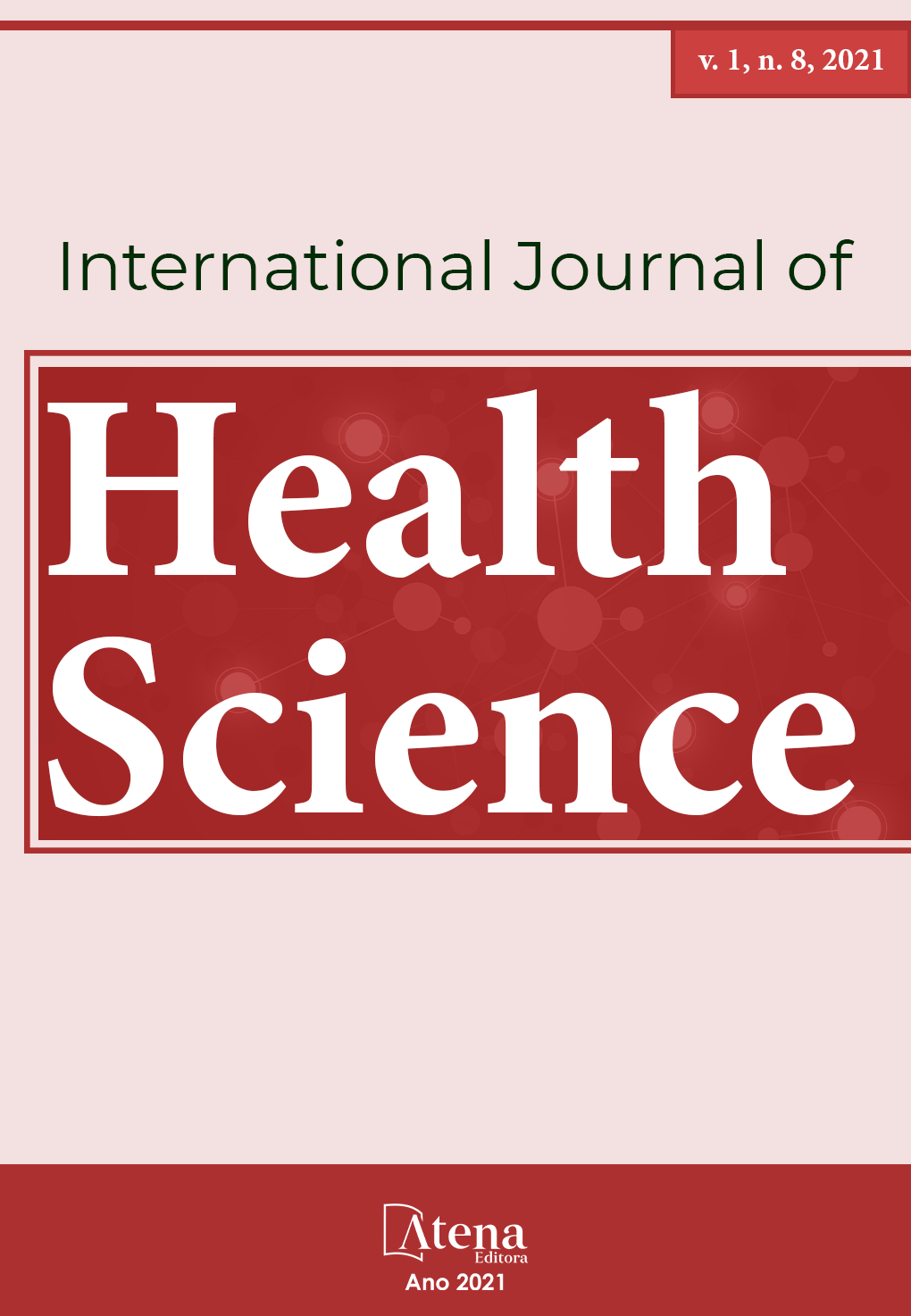
Depression in the Elderly: a population-based multifactorial analysis of the Family Health Strategy (ESF)
In the period between 2005 and 2015, the age group of the elderly aged 60 years and over had an increase of 4.5% compared to the general population, which indicates a significant growth. Population aging is related to the greater burden of disease in the population, more disability and increased use of health services. Thus, the difficulties in solving the problems of the Brazilian public health system, associated with the rapid aging process, indicate the need to redefine the sector's policies, with a view to the need to generate resources and improve infrastructure, which would allow for more active aging. Geriatric depression has been identified as a public health problem in the country, which affects at least one in six patients to be treated in primary care. Given the above, it is identified that depression among individuals over 60 years of age involves, in addition to a psychiatric disorder, sociocultural factors and the way in which they are inserted in society. Depressive states in the elderly have been studied, however, most articles focus only on the biological factors of the disease, with little emphasis on the psychosocial aspects associated with the disorder.This research aimed to assess the importance of some factors associated with the prevalence of depression in the elderly population of Várzea Grande - MT. This study was carried out through a cross-sectional design of a population over 60 years old, residing in the city mentioned above. The elderly participants in the sample had their information collected from the register of the Family Health Strategy program. We took advantage of the information generated through a database made by a project developed on vulnerability in the elderly. The analysis of depression in the elderly demonstrates a relationship between socioeconomic factors and a lower degree of independence associated with the disorder. As a result, there was a predominance of depressive symptoms in women and elderly people aged over 80 years. It is recommended that elderly people diagnosed with depression or with depressive symptoms are monitored with greater emphasis on Primary Health Care, in units close to their homes, enabling health promotion, improved quality of life and well-being.
Depression in the Elderly: a population-based multifactorial analysis of the Family Health Strategy (ESF)
-
DOI: 10.22533/at.ed.15921071210
-
Palavras-chave: Geriatrics, depression, elderly, primary care
-
Keywords: Geriatrics, depression, elderly, primary care
-
Abstract:
In the period between 2005 and 2015, the age group of the elderly aged 60 years and over had an increase of 4.5% compared to the general population, which indicates a significant growth. Population aging is related to the greater burden of disease in the population, more disability and increased use of health services. Thus, the difficulties in solving the problems of the Brazilian public health system, associated with the rapid aging process, indicate the need to redefine the sector's policies, with a view to the need to generate resources and improve infrastructure, which would allow for more active aging. Geriatric depression has been identified as a public health problem in the country, which affects at least one in six patients to be treated in primary care. Given the above, it is identified that depression among individuals over 60 years of age involves, in addition to a psychiatric disorder, sociocultural factors and the way in which they are inserted in society. Depressive states in the elderly have been studied, however, most articles focus only on the biological factors of the disease, with little emphasis on the psychosocial aspects associated with the disorder.This research aimed to assess the importance of some factors associated with the prevalence of depression in the elderly population of Várzea Grande - MT. This study was carried out through a cross-sectional design of a population over 60 years old, residing in the city mentioned above. The elderly participants in the sample had their information collected from the register of the Family Health Strategy program. We took advantage of the information generated through a database made by a project developed on vulnerability in the elderly. The analysis of depression in the elderly demonstrates a relationship between socioeconomic factors and a lower degree of independence associated with the disorder. As a result, there was a predominance of depressive symptoms in women and elderly people aged over 80 years. It is recommended that elderly people diagnosed with depression or with depressive symptoms are monitored with greater emphasis on Primary Health Care, in units close to their homes, enabling health promotion, improved quality of life and well-being.
-
Número de páginas: 8
- Camyla Lemos Budib
- Danyele Mouro
- Vanessa Britto Zafra
- Evelin Brandelero
- Victor Campos de Albuquerque
- Larissa Giroletti Tomasi


